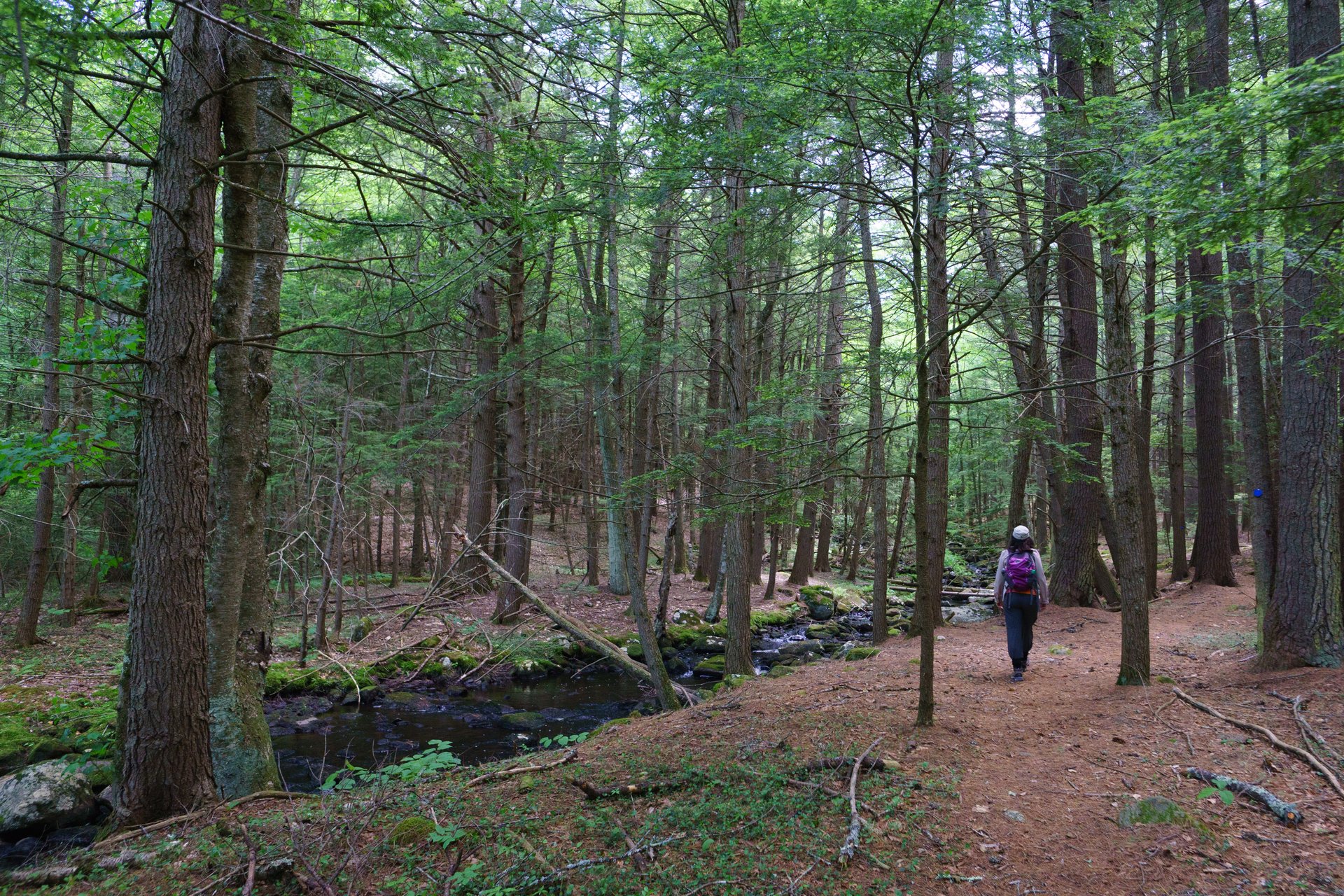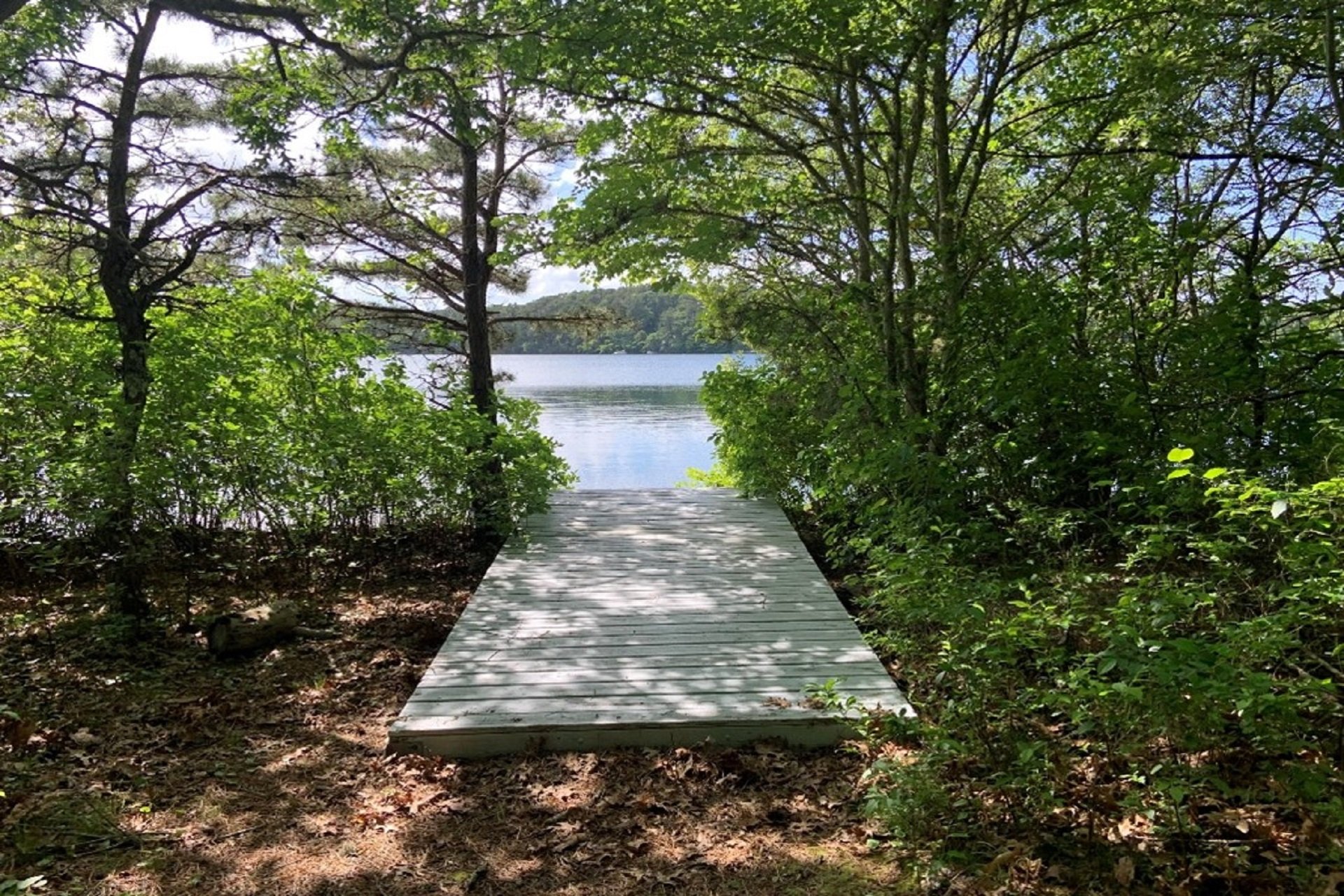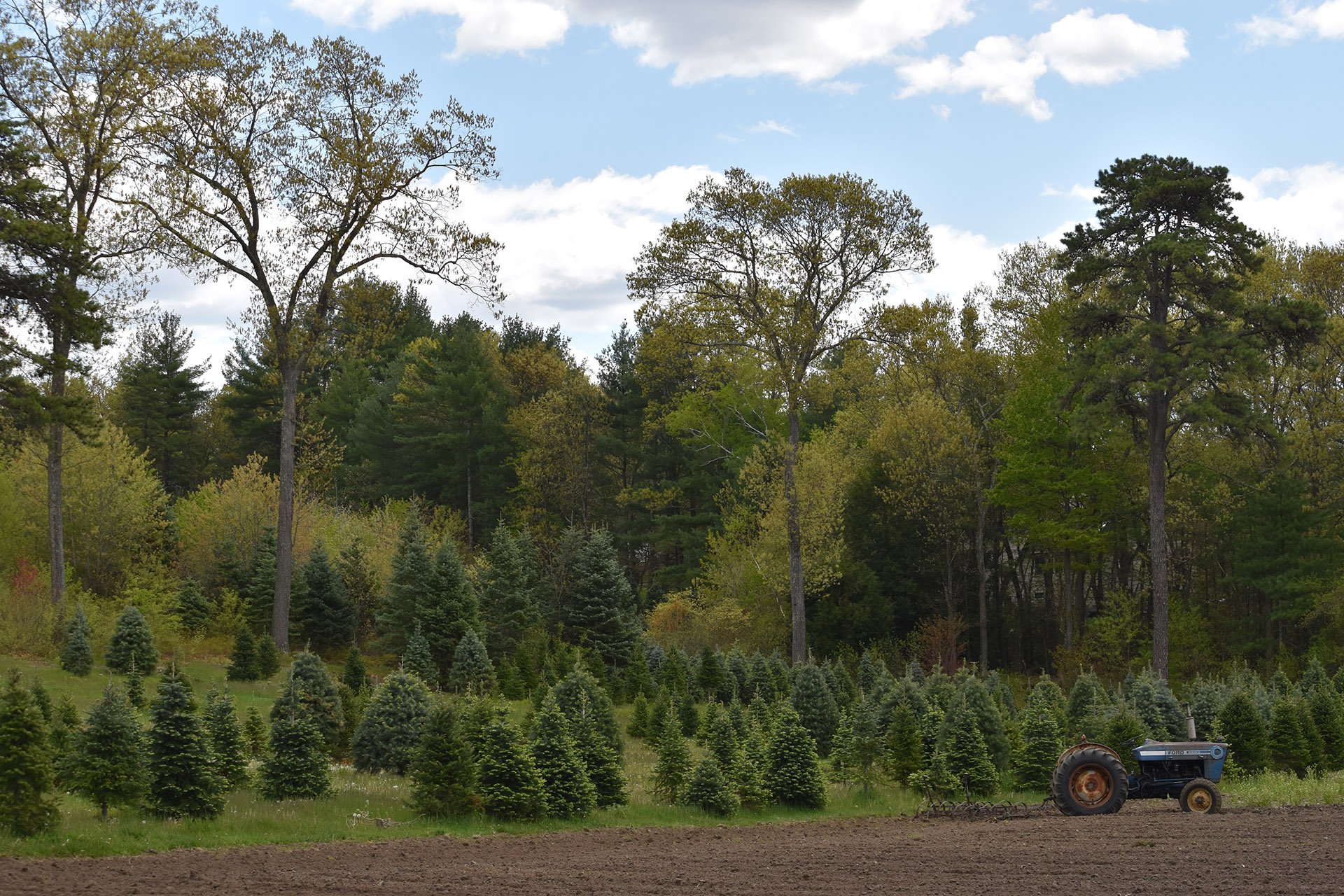Conserving & Protecting Land
Mass Audubon actively protects over 40,000 acres in Massachusetts.
Land conservation is critically important not only to the survival of native wildlife and plants, but also for the health and wellbeing of the people who live, work, and play in Massachusetts. It's also one of the most effective, proven strategies when it comes to mitigating the increasing impacts of climate change.
We've been protecting wild places across the state for more than a century using our science-based land conservation strategy.
Urgent Land Projects
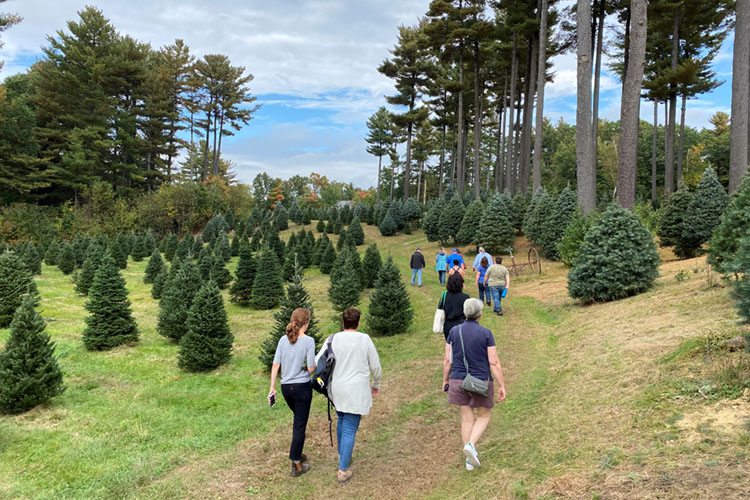
Pawtucket Farm, Lowell
Mass Audubon, Lowell Parks & Conservation Trust, and Mill City Grows, in collaboration with the City of Lowell, have reached an agreement with the Perron family to purchase and protect what is currently called Rollie’s Farm.
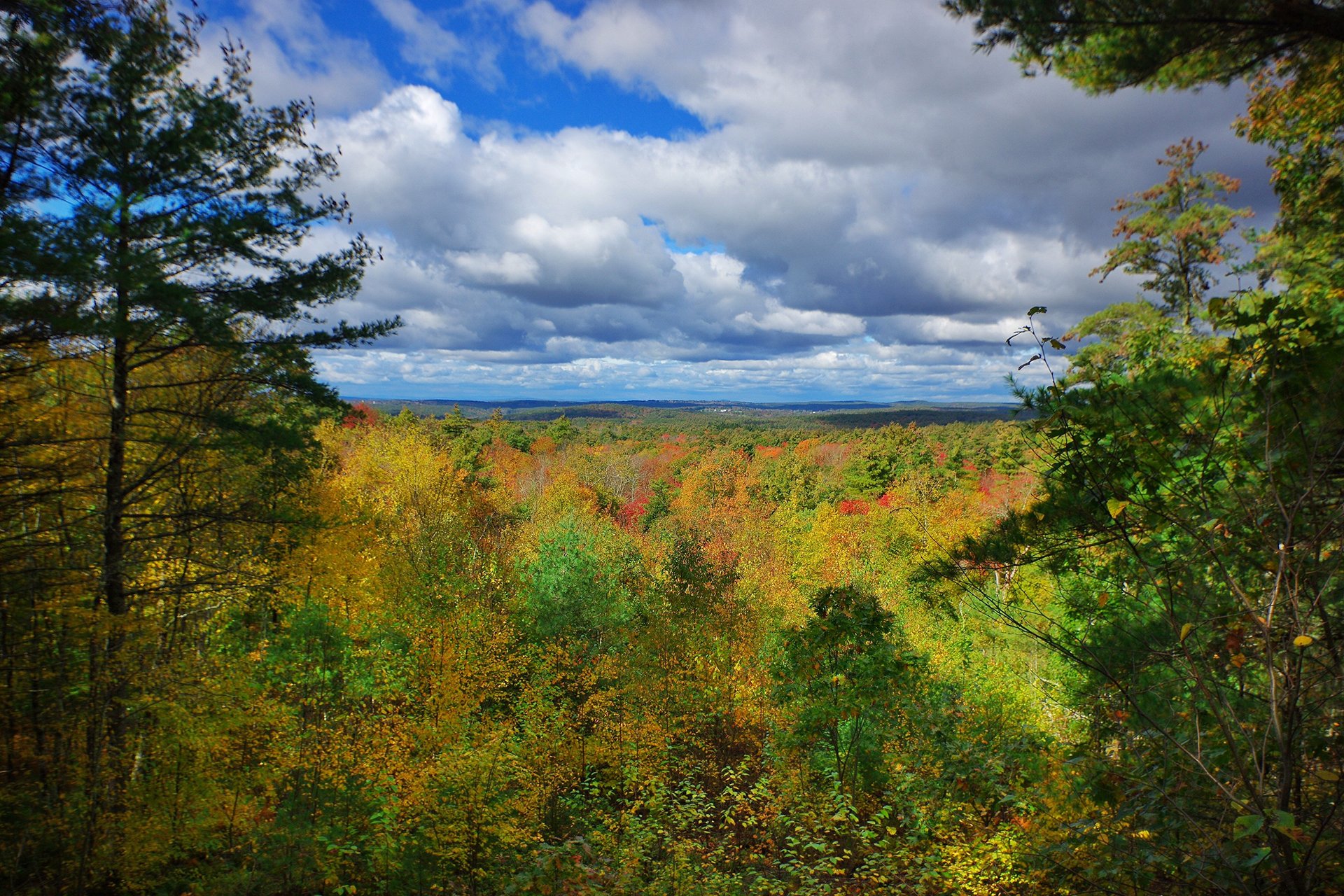
Hawes Hill Corridor, Barre
An extraordinary large-scale land protection project is underway in Barre, MA—Mass Audubon is collaborating with several partners and landowners to permanently protect 973 acres of land.
Land Conservation Strategy
When deciding what land to protect, we consider the presence of rare and endangered species, climate resilience attributes, proximity to existing protected land, and number of acres. Many of our wildlife sanctuaries that we enjoy today started from a single land acquisition and have grown from there. We prioritize parcels based on the combined characteristics. With limited resources, it is essential to spend them where they will have the most impact.
Ways of Protecting Land
We protect land by working in partnership with landowners, other conservation organizations, government agencies, foundations, and individual donors. Mass Audubon’s role in the process is varied, but generally falls into one of three categories:
- Providing assistance to other conservation organizations.
- Acquire property and add it to an existing wildlife sanctuary or create a new one.
- Secure and hold a permanent Conservation Restriction on a property owned by others.
The first step is engaging landowners of high priority parcels in a conversation about their land and how we might be able to protect it.
Conserve Your Land
Decisions you make as a landowner can have long-lasting effects on the Massachusetts landscape that future generations will inherit, and on the wildlife that share this landscape with us. Not only will conserved land benefit people and wildlife, but it also offers the landowners tax advantages.
There are many ways to permanently protect your land, including a donation or sale of the ownership of the land, or of a perpetual conservation restriction (easement).
Donate or Sell
By donating or selling your land to Mass Audubon, your property will benefit wildlife and people. Conveying your land outright may be the simplest and best way to conserve it. Your gift or sale of land to Mass Audubon will help connect people with nature while freeing you of all responsibilities of ownership and management, including property taxes.
Landowners who donate or charitably discount the sale of their land for conservation may take advantage of several tax benefits, including reductions in federal income tax and reductions in estate tax, to name a few.
Conservation Restriction
Conservation restrictions (CRs), also known as conservation easements, are legally binding agreements that permanently protect certain conservation values of a property while allowing the land to remain in private ownership.
They are conveyed to a non-profit conservation organization or public conservation entity, which accepts the right and responsibility to monitor the property and defend and enforce the terms of the CR in perpetuity. CRs are placed on record at the Registry of Deeds and run with the land, meaning that they apply to all future owners of the property.
CRs are a flexible tool, able to be customized to protect specific aspects of a given property, or to address particular needs of the owner. They usually involve the permanent extinguishment of some, but not necessarily all, of the development potential of the land, and can be gifted or sold. Properly crafted, CRs can generate significant tax benefits in the form of income tax deductions and estate or property tax reductions.
Contact Us
Are you interested in conserving your land? Please email us and we can help!
Latest News
See moreMass Audubon and Brewster Conservation Trust Partner with Town of Brewster to Conserve and Activate Former Cape Cod Sea Camps Properties
Learn MoreProtecting Pawtucket Farm in Lowell
Keep ReadingUrgent Land Project: Hawes Hill Conservation Corridor, Barre
Keep Reading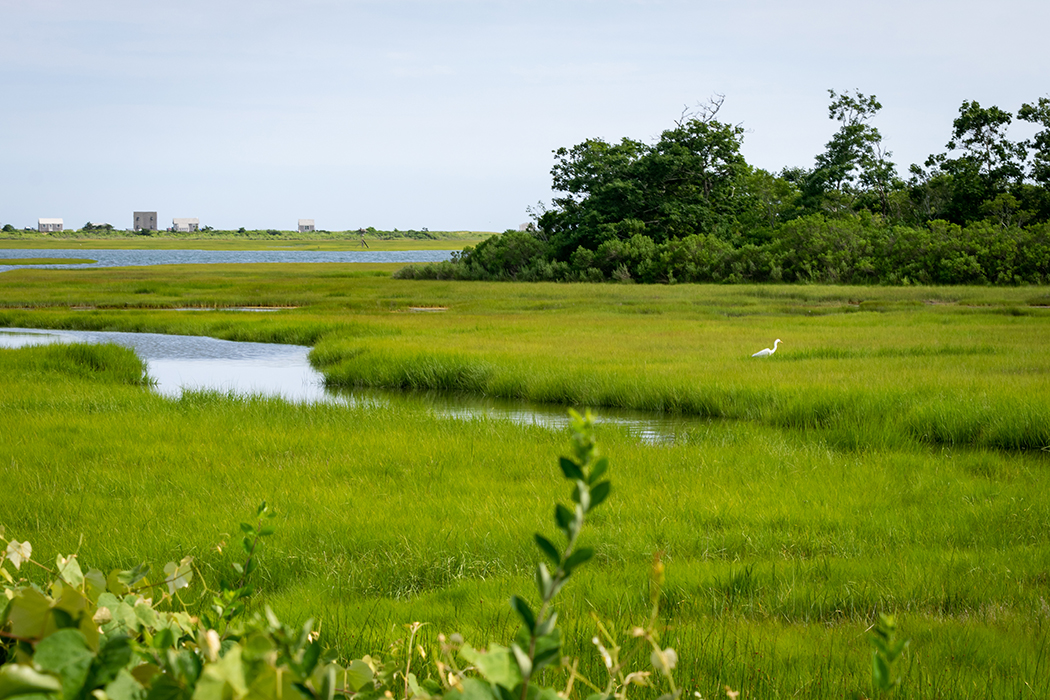
Get Involved
Help fund future land conservation efforts across the Commonwealth.
Stay Connected
Don't miss a beat on all the ways you can get outdoors, celebrate nature, and get involved.



